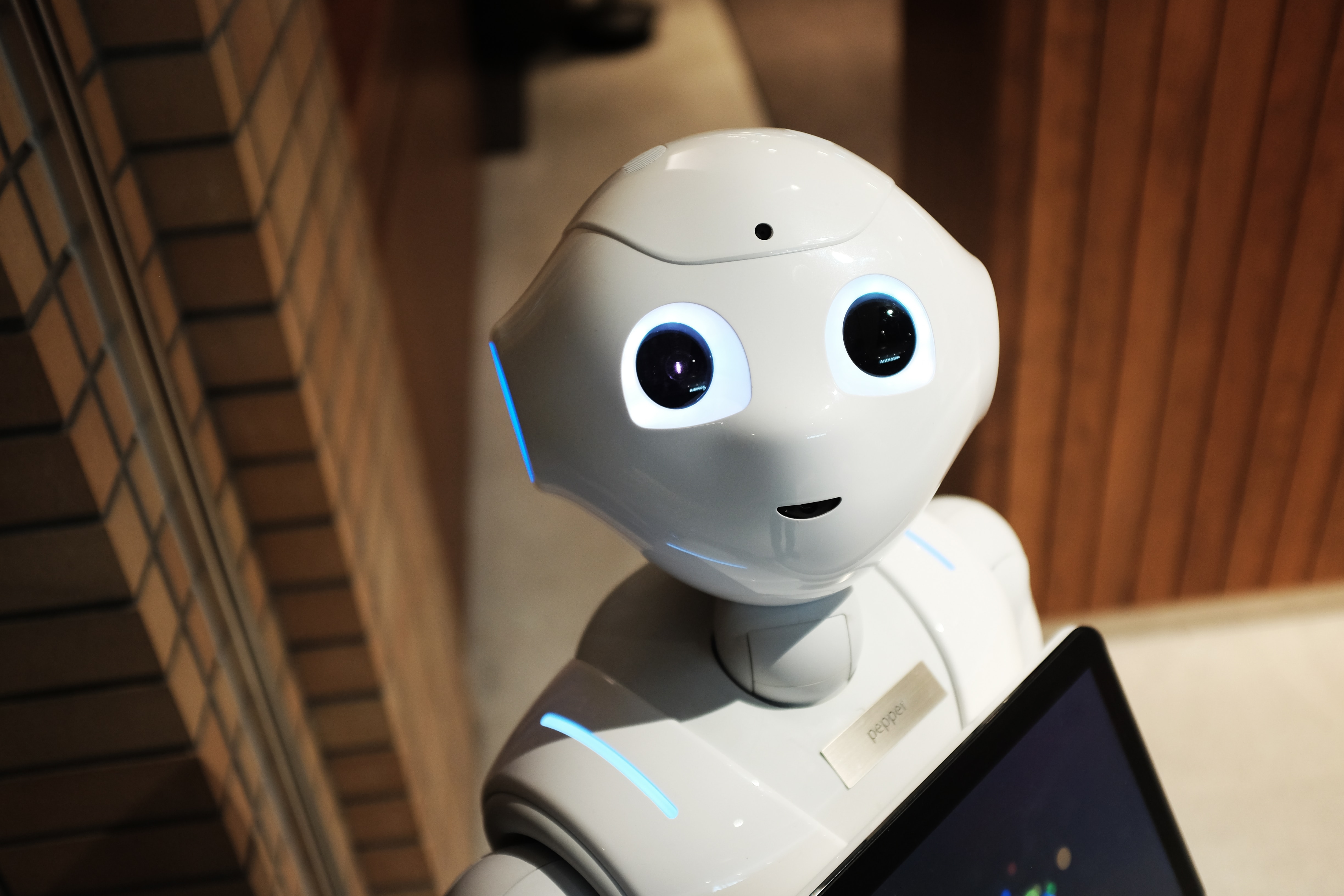Featured Offer: AI Accelerators
Industry-optimized AI tools designed to solve your toughest challenges in weeks, not months.
Capabilities


Industry-optimized AI tools designed to solve your toughest challenges in weeks, not months.


Most businesses have two major concerns about Robotic Process Automation (RPA). They think it’s difficult to understand and difficult to implement. Both opinions are unfounded because of complex RPA explanations that get in the way. Despite this, businesses are flocking to RPA as they see its many benefits for increasing business process efficiency and lowering costs.
Those benefits have led to a surge of RPA adoption. As the fastest growing segment of the global enterprise software market, it’s expected to reach $1.3 billion in sales this year, according to Gartner. A great deal of growth is being fueled by SMBs finding it’s even easier to implement with greater benefits in a small business.
The misunderstandings about RPA that give so many other businesses pause often stems from a misunderstanding of the word “robotic” or “bots.” Once the curtain is pulled back on RPA, it’s easy to understand and easy for SMBs to implement. But like any customized software development approach, it requires a detailed planning and implementation roadmap to maximize RPA gains. To get to the destination, let’s start by explaining how RPA works.
Understanding the basics of software bots and RPA software can be confusing if you’re relying on a poor definition. With terms like “bots,” “artificial intelligence (AI)”, and “machine learning (ML)”, it’s no wonder many business owners tune out. The fact of the matter is that it’s far simpler to understand than the names imply. Gartner defangs the misunderstanding stopping SMBs from adoption in the following definition of robotic process automation:
“RPA is a productivity tool (sold as licensed software) which allows a user to configure one or more scripts (which some vendors refer to as “bots”) to activate specific keystrokes in an automated fashion. The result is that the bots can be used to mimic or emulate selected tasks (transaction steps) within an overall business or IT process.
“These may include manipulating data, passing data to and from different applications, triggering responses, or executing transactions. RPA uses a combination of user interface (UI) interaction and descriptor technologies. The scripts can overlay on one or more software applications.”
There are several aspects about this statement and the way RPA works that can be further clarified:
Most people understand AI and ML programs are designed to learn in a similar way to how the human mind learns through feeding it sets of data (data sets) on a subject or task. This can consist of images, text, video, or a combination. With RPA, that data is focused on learning how to perform a specific back-office business task. To simplify this even further, let’s look to an expert. Chris Nicholson, CEO of the artificial intelligence/deep learning company Skymind and co-creator of the open source framework Deeplearning4j, answers on Quora:
While this takes a skilled development team with specialists known as data scientist to create the software, once they complete the basic framework, the process of modification for a customized need is straightforward. But we’re getting ahead of ourselves. The first step, as we mentioned, is to learn the business and help them identify the processes for automation that will bring the highest return on investment (ROI). In the final installment of this three-part blog series, we’ll look at how a small business can successfully and cost-effectively plan and implement RPA.
These Stories on RPA
Technology & Process for Growth
601 Valencia Ave, Suite 260
Brea, CA 92823
Call us: 1-866-749-7658
No Comments Yet
Let us know what you think